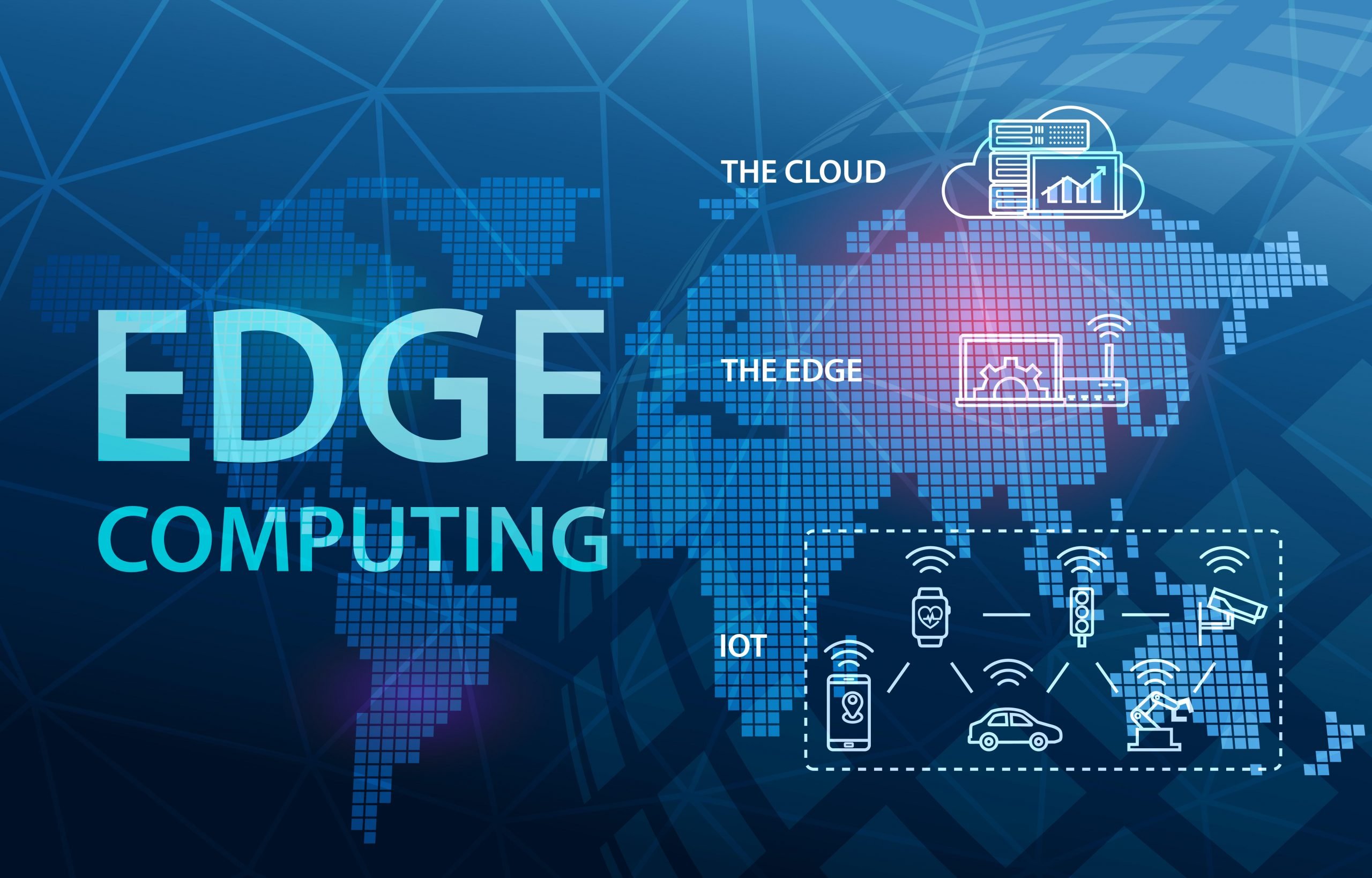With the increase in popularity of IoT devices you can drive your business growth. This is due to the massive IoT-generated data stored in storage which is a fundamental center of cloud computing. You can manage and process edge computing services in an economic manner.
Edge computing is a new computing model in which the data on the network is processed in the same source that generates data. This technology solves many bandwidth and latency issues, providing faster, reliable data in real time.
The main distinguishing factor between the two is that edge computing is time-sensitive, while cloud computing processes data is not time-sensitive. Clouds are often located in central locations where all data processing occurs. On the other hand, edge computing is used in remote geographical areas where there is less or no connection to a central location.
Additionally, edge computing reduces energy consumption, bandwidth, and latency (related to responsiveness), which poses a problem when accessing data from centralized cloud locations. There are other such advantages of edge computing that scores over traditional cloud computing.
Diversification advantage:
As the number of IoT devices increases, edge computing will likely be of paramount importance to ensure identification and avoid system overload.
Cybersecurity at its core:
Edge computing provides more security than the cloud because there is less data in a cloud location. So even if a data environment is attacked by malware, you know the damage is minimal.
High speed machining:
Since the data is processed at the edge (source), latency is reduced, ensuring real-time response. Such a feature is particularly beneficial for automated vehicles and life-saving devices.
In a sense, we can say that edge computing expands the capabilities of cloud computing while leveraging its analysis and improvement capabilities.
Edge computing and IoT:
Edge computing can be viewed as an extension of cloud computing, where the IoT data is processed at the source where the data is generated or nearby. Edge computing is done regionally and therefore does not follow the strict guidelines that cloud computing adheres to.
Edge computing and its importance for other technologies?
With IoT, edge computing shares a close relationship with many other digitally transmitted technologies. Some of the notable ones are:
5G:
When considering 5G, its relevance to edge computing cannot be underestimated. An example of this association is automated or driverless vehicles. Here, real-time processing is achieved through edge computing, while low latency is achieved through 5G. So as you can see, one technology can drive others to reach their maximum potential.
Big data:
All IoT information in big data is not valuable. In order to derive meaningful information from an enormous amount, something more is needed. This is where the role of edge computing comes into play. Edge computing filters the IoT information based on predefined methods and parameters. Once this is done, the filtered information is sent to the cloud, saving a lot of energy.
Machine learning:
Machine learning and the edge computing connection dramatically improve the analysis performance and communication of automated devices. These technologies together help the connected devices respond in real-time and also help them make better decisions without the need for human intervention. This is what the future of machine learning is supposed to be.
Mobile edge computing makes remote access possible:
Just like edge computing, MEC reduces the distance of the edge (source) where the data is produced, collected and analyzed. Processing takes place virtually in data centers. Mobile Edge Cloud stores and processes information on wireless devices within the cloud network. By being close to devices and users, mobile edge computing ensures higher bandwidth, lower latency, and faster decision making and response time.
Mobile edge computing was originally developed to ensure the connectivity of mobile networks and focused more on mobile networks. Later it evolved to cover various fields such as technology, manufacturing and more support. Some examples are:
Autonomous vehicles:
Edge computing can enable automated cars to be aware of their surroundings, such as traffic signs, other vehicles, nearby pedestrians and more. High speed processing ensures vehicles respond in real time, making this new mode of transportation successful.
Boosts Performance:
With the help of edge servers businesses can avoid issues affecting speed and connectivity. This technology keeps data on the edge of devices that make easy access.
Enhances Privacy Protection:
Edge servers offer data security and privacy protection because data is processed within the edge rather than from central servers.
Video games and other remote services:
The lower the latency, the better the responsiveness and the best performance for gamers. With edge computing, AR and VR are also getting a boost, improving remote services like healthcare, etc.
Edge computing moves analysis and storage nearer to different data sources. It includes individuals, places and objects, respectively. With the introduction of connections such as network segmentation and composable networking, 5G is coming with new technologies and user-centric networks.
The continuous infiltration approach has been shifted from “network-aware application design” to “application-centric network provisioning”. This represents a significant development in network architecture.
Automated factories:
Through edge computing, industries can benefit from automated production, helping them ensure efficiency, quality and better interaction between robots and humans, thereby preventing accidents and their recurrence.
Bottom Line:
Edge computing addresses real-world challenges that require robust solutions in terms of faster processing, insights and better performance. According to an analysis, edge computing is the fastest growing computing segment. And it is expected to continue to grow (around 50% of IT companies are expected to move to the edge). But no matter what business area you belong to, edge computing is the solution for you.
Read More: 9 AI Server Components You Must Check Before Purchasing

